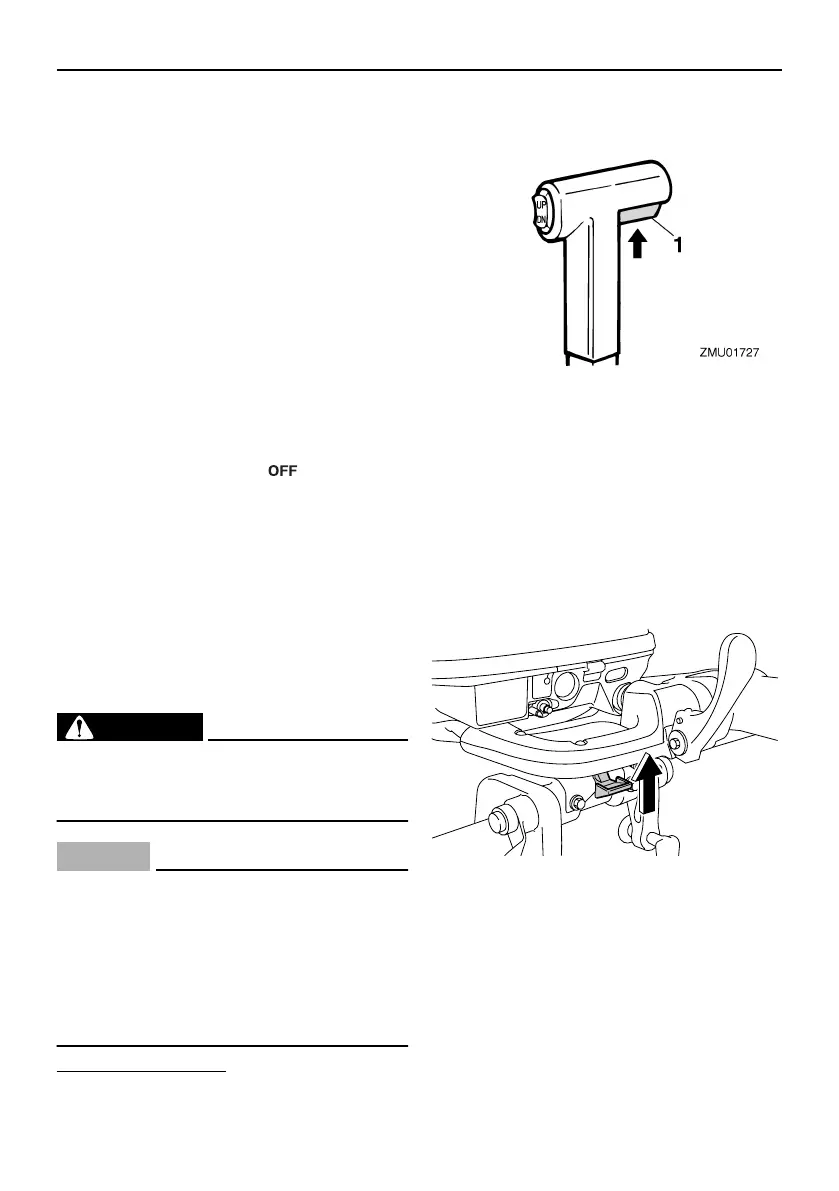
 Loading...
Loading...
Do you have a question about the Yamaha F20B and is the answer not in the manual?
| Brand | Yamaha |
|---|---|
| Model | F20B |
| Category | Outboard Motor |
| Language | English |
Essential safety precautions for outboard motor operation.
Precautions for gasoline, spills, and carbon monoxide.
Preventing collisions and preparing for weather conditions.
Adhering to laws, training, and safety publications.
Recording serial numbers, key numbers, and understanding labels.
Importance of reading manuals and understanding warning labels.
Key technical details like dimensions, performance, and engine type.
Guidelines for installing the outboard motor.
Recommended fuel, engine oil, and lubrication details.
Visual identification of major outboard motor parts.
How to operate throttle, shift, steering, and tiller controls.
Engine stop, starting, tilt mechanisms, and safety cords.
Steering friction, trim tab, flushing, and indicators.
Explanation of low oil pressure and overheat alert indicators.
How overheat and low oil pressure alerts function.
General information on outboard motor installation procedures.
Steps and precautions for securely mounting and clamping the motor.
Initial setup, break-in procedures, and pre-start checks.
Procedures for starting, warming up, and running the engine.
How to shift gears, stop the engine, and adjust trim angle.
Safe procedures for transporting and storing the outboard motor.
Inspecting spark plugs, filters, and engine idle.
Procedures for changing engine oil and gear oil.
Checking propellers, anodes, batteries, and wiring.
Solutions for common engine performance and starting problems.
Addressing power tilt, fuse, impact damage, and emergency starting.